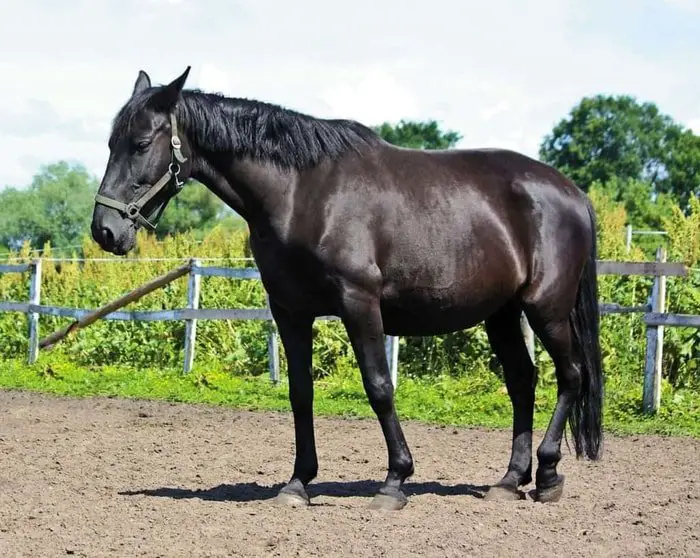Lyme disease was first described in humans of the north-eastern USA in the early 1940s. It took the form of a fever, malaise and shifting arthritis extending over many weeks. Its occurrence correlated with the season of activity of ticks of the genus Ixodes. The condition has since been reported in other parts of North America, in Europe, including the UK and Australia. Since its recognition in humans, similar cases have been detected in domesticated animals. The dog is most commonly affected but the horse is also susceptible. Lyme disease in horses also occurs sporadically and you may face severe problems.
Lyme Disease in Horses
Lyme disease in horses is a severe threat to a horse’s health and well-being. It causes an inflammatory reaction and mimics more common condition such as arthritis, viral or neurological diseases. Protecting your horse from these diseases requires vigilance and awareness of the risks.
Causes of Lyme disease in Horses
The cause of Lyme disease is Borrelia burgdorferi, a helically coiled organism some 20 micrometers long by 0.2 micrometers wide. The genus Borrelia is related to Treponema and Leptospira, and with them forms part of a major group of bacteria, the spirochaetes. These organisms differ significantly from other bacteria in their morphology. The cell is slender, flexuous and helically coiled. It is enclosed in an outer membrane or sheath. This sheath envelops the flagella(the axial filaments) that arise near each pole of the cell and overlap at the center. The action of the flagella gives rise to the movements of flexion and rotation which are characteristic of the spirochaetal cell.

Epidemiology and Pathogenesis
Borrelias are arthropod-borne parasites of humans and many other species of mammals and birds. B burgdorferi is maintained in, and transmitted by, nymph and adult ticks of the Ixodes complex. However, in the absence of the vector, B burgdorferi can also be transferred among susceptible animals by blood, urine, synovial fluid or transplacentally. In the USA, B burgdorferi circulates in mice and deer.
Clinical and Pathological Findings
Lameness, lymphadenopathy, and fever are the cardinal clinical signs and they are accompanied by malaise and inappetence. A Characteristic, shifting polyarthritis develops. In the horse, uveitis and encephalitis have also been recorded in conjunction with arthritis. In the acute stage of the disease, the affected joints are hot, swollen and painful and neutrophils are abundant in the synovial fluid. In general, the disease exhibits the features of an immune complex (type III) reaction and can become chronic.
Diagnosis of Lyme Disease in Horses
The history and clinical syndrome in animals that are or have been in known endemic areas is suggestive of Lyme disease. However, the joints may appear radiographically normal, as do various blood profiles. The agent can be isolated by the culture of blood, urine or synovial fluid drawn from an acutely affected joint. B burgdorferi is difficult to grow in the laboratory and also grows slowly. However, in acute cases, the organisms are usually abundant in the affected joints. The agent can be recognized by its distinctive morphology using dark-field microscopy or serologically with the fluorescein-or peroxidase-labeled antibody. Humoral antibodies can also be measured.

Treatment of Lyme Disease
More is known of the benefit of antimicrobial agents in the treatment of this disease in humans and in the dog than in the horse. When Lyme disease is recognized and it treated early. The outlook for recovery is good. Lyme disease is responding to antibiotics. Tetracycline and doxycycline are recommended. Measures to control tick infestation of individual animals, including daily inspection, are recommended, although searching for the nymphal stage is hardly practical.
Preventive measures of Lyme Disease
There are no vaccine available acts on Lyme disease approved for use in horses. However, in areas where the disease is more common, in that case, they give their horse in a canine vaccine. In this situation, you must have to talk your veterinarian about the risk and the health condition of your horse. Grooming your horse regularly and it removes the ticks infection, and finally, it helps to reduce your horse’s risk of Lyme disease.
Is there a vaccine for Lyme disease for horses?
There is currently not an approved vaccination for horses, however emerging research( and clinical experience in Lyme endemic areas) has shown that the canine vaccine offers protection in horses. We also highly recommend the use of tick repellents on horses in the area.